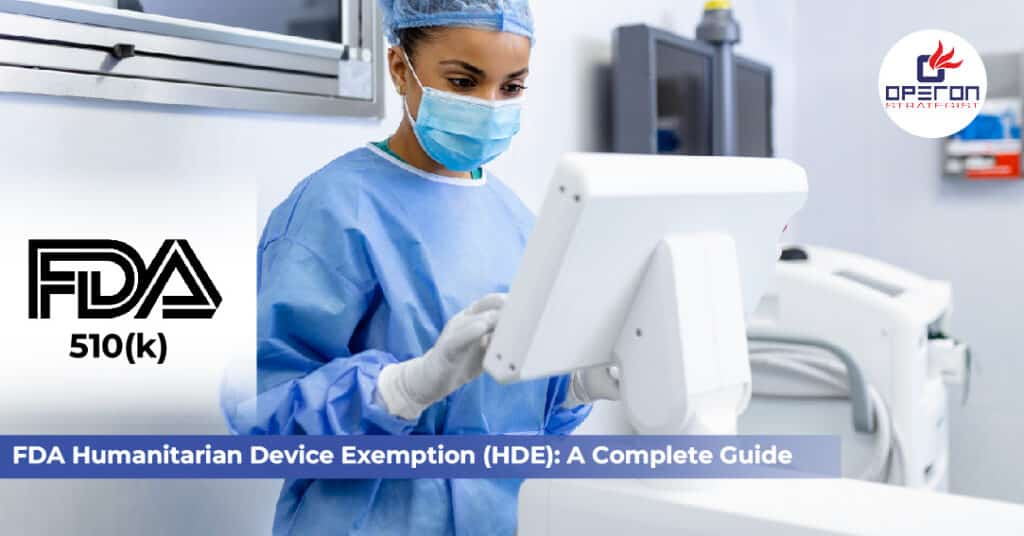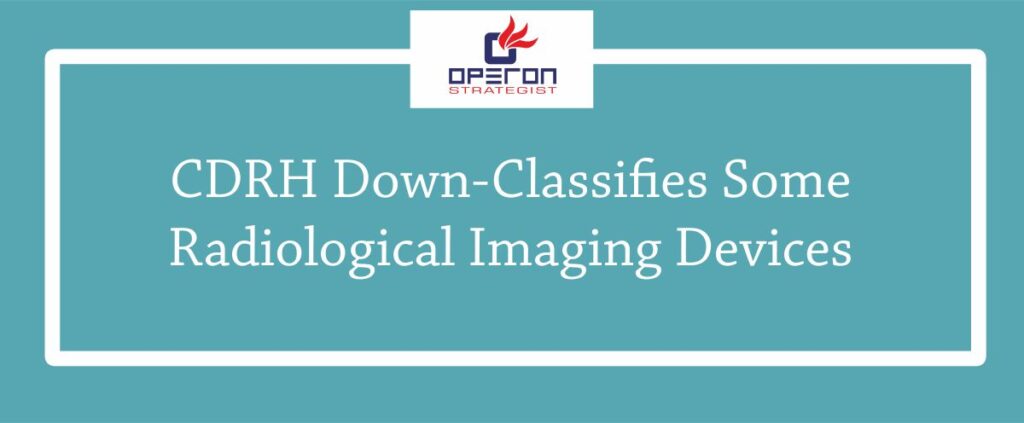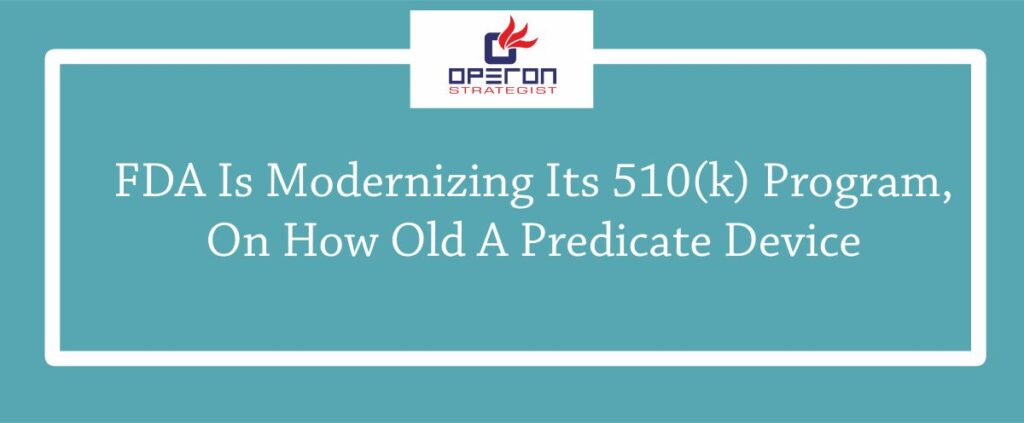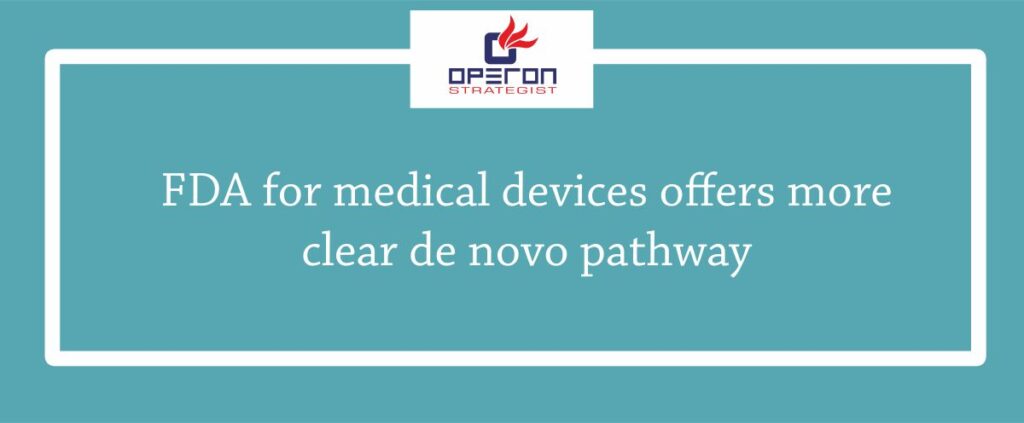Introduction
The Humanitarian Device Exemption (HDE) is a regulatory pathway established by the U.S. Food and Drug Administration (FDA). It allows medical devices intended for rare diseases or conditions to reach the U.S. market more easily. To qualify, the device must be designed for conditions affecting fewer than 8,000 individuals per year in the United States.
Unlike the FDA 510(k) or Premarket Approval (PMA) process, the HDE pathway does not require manufacturers to demonstrate full effectiveness. Instead, they must show that the device is safe and provides a probable benefit to patients.
Looking For a Medical Device Regulatory Consultant?
What is Humanitarian Device Exemption (HDE)?
The Humanitarian Device Exemption (HDE) program was created to encourage the development of medical devices for rare conditions where conducting large-scale clinical trials is difficult.
Through this pathway, medical devices can be approved if:
-
The device is reasonably safe.
-
The probable benefit outweighs the potential risks.
-
The condition or disease affects a small patient population.
Before submitting an HDE application, manufacturers must obtain a Humanitarian Use Device (HUD) designation from the FDA’s Office of Orphan Products Development (OOPD).
Why HDE is Important
Without the HDE pathway, patients with rare conditions might never get medical devices tailored to their needs because it would be too costly or time-consuming for manufacturers to seek approval.
HDE makes it possible for:
-
Patients to get early access to life-saving or life-improving devices.
-
Manufacturers to develop innovative solutions without the heavy burden of proving full clinical effectiveness.
Key FDA Requirements for HDE
To qualify for HDE approval, the following requirements must be met:
-
The disease or condition affects fewer than 8,000 patients annually in the U.S.
-
The device is not available under another FDA pathway.
-
There is no comparable legally marketed device.
-
The probable benefit outweighs the risk of using the device.
-
The device is not intended for commercial profit, except under specific pediatric exceptions.
The HDE Application Process
The HDE submission and review process is similar to PMA (Premarket Approval) but requires less clinical data.
Steps include:
-
HUD Designation Request
Submit a request to the FDA’s Office of Orphan Products Development (OOPD) to classify the device as a Humanitarian Use Device. -
Prepare HDE Application
Provide safety data, manufacturing details, and information supporting probable patient benefit. -
FDA Review
The FDA reviews the application within 75 days and evaluates whether the device meets all HDE requirements. -
Approval and Post-Market Obligations
Once approved, manufacturers must comply with post-market surveillance, annual reports, and labeling requirements.
Benefits of Humanitarian Device Exemption (HDE)
-
Faster Approval: Devices can reach patients sooner since proof of effectiveness is not required.
-
Helps Rare Diseases: Provides treatment options for conditions affecting fewer than 8,000 people yearly.
-
Lower Costs: Requires less data than a full PMA, saving time and money.
-
Encourages Innovation: Motivates companies to develop devices for rare conditions.
-
Better Patient Access: Patients get solutions that may not otherwise be available.
Challenges of Humanitarian Device Exemption (HDE)
-
Small Patient Pool: Difficult to gather enough safety data because very few people are affected.
-
Profit Limits: Companies cannot sell HDE devices for profit (except for some pediatric cases).
-
Monitoring Needed: Post-market safety checks are required, adding extra work.
-
Strict Eligibility: Only allowed if no similar device exists and benefits outweigh risks.
-
Extra Approvals: Hospitals need IRB approval before using these devices, which can slow access.
Want to learn more about FDA regulatory pathways?
FAQs
[rank_math_rich_snippet id=”s-937c88fb-c984-4441-8cf5-cdbb0537af90″]




